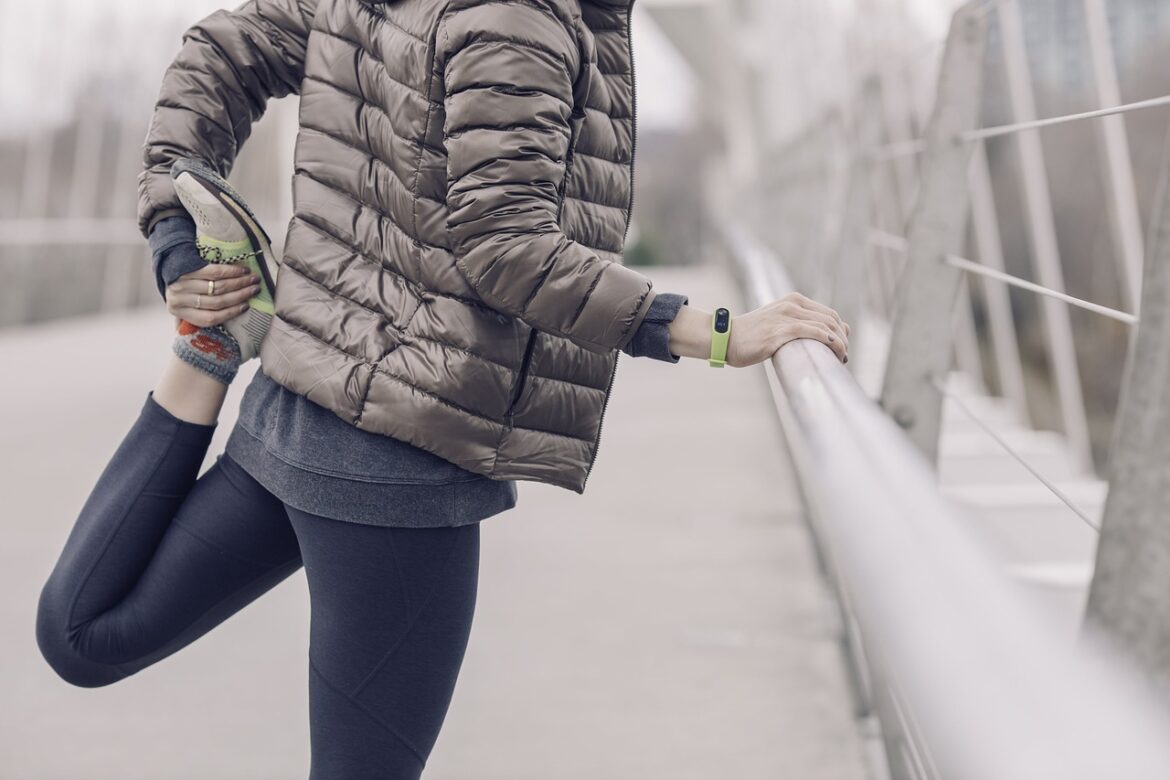More Than The Winter Blues
Every year on the first Sunday of November, Daylight Saving Time ends as we turn our clocks back an hour. Although it feels great to gain an hour of sleep, this “falling back” leaves us with far fewer daylight hours and longer nighttime. Our bodies can respond to less sunlight and leading us to experience symptoms similar to depression. This mood change is known as Seasonal Affective Disorder (SAD) and it is more than just the winter blues.
Prevalence of SAD
Seasonal Affective Disorder occurs primarily in winter, with the most difficult months being January and February. It affects around 10 million Americans per year with four out of five people affected being women.
What Causes SAD?
It is suspected that less exposure to sunlight leads to a decrease in our body’s production of serotonin and an increase in melatonin. Serotonin is a neurotransmitter that helps regulate our mood and is known as the “happy chemical.” Melatonin is a sleep hormone that tells your body when to sleep and when to wake up. If either is disrupted, we may be unable to normally regulate our mood or sleep.
Symptoms of SAD
The symptoms of SAD are generally the same as Major Depressive Disorder and may include:
-Feelings of low mood
-Loss of pleasure or interest in things
-Irritability
-Low self-esteem
-Trouble sleeping or feeling tired or lethargic most of the time
-Changes in appetite or weight
-Poor concentration
Specifically, it can be common to see weight gain, oversleeping, overeating, and social withdrawal or “hibernating”. These symptoms tend to recur at the same time every year.
Treatment of SAD
The most widely used and researched treatment for SAD is light therapy in which the person receives daily exposure to a box containing fluorescent lamps during the months they are symptomatic. Recommended duration is 30 min to two hours per day. Other common treatments include medications, Vitamin D supplements, talk therapy, and more recently researched exercise!
Exercise and Physical Therapy for SAD
General cardiovascular exercise recommendations are 150 min of moderate-intensity exercise per week. Cardiovascular exercise has also been explored as a beneficial treatment for SAD symptoms. Recent studies have shown that two daily sessions on a stationary bicycle of approximately 25 minutes were associated with providing the same benefit as light therapy. Another study showed that individuals performing aerobic exercise, under bright light conditions appeared to have more benefit and reduced symptoms compared to the non-exercising group.
Physical therapy can be a great option to help jump-start being physically active in the winter. It can be difficult to get outdoors in the cold, snowy weather. Your available indoor space may be small and you might be unsure what exercises you can do with that limited space. Or maybe you have a treadmill or stationary bike, but don’t know where to begin. At Freedom Physical Therapy, we would love to consult with you on the best ways to keep you active and healthy this winter season. We can provide general exercise guidelines and recommendations for ways to increase your indoor or outdoor physical activity. We hope to see you soon!
*Anyone who feels that they may be severely suffering from Seasonal Affective Disorder should consult their healthcare professional for a diagnosis and best treatment recommendation.

